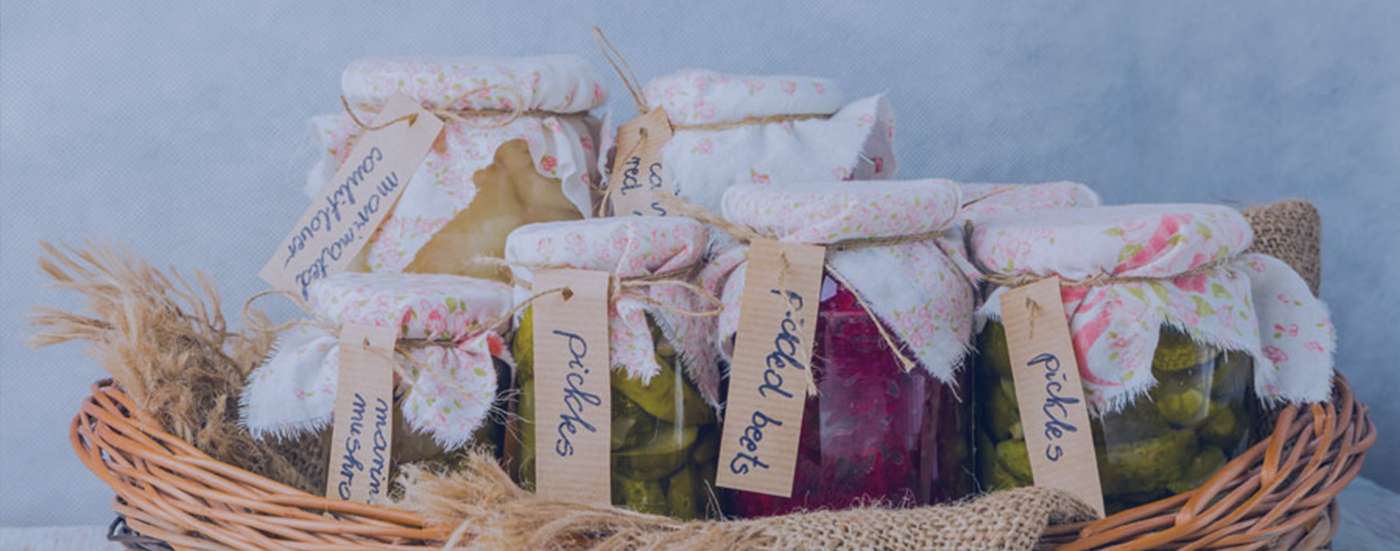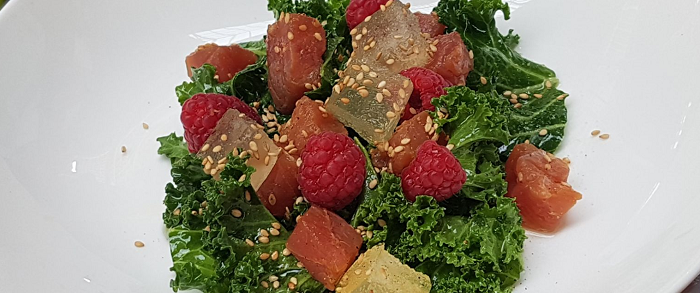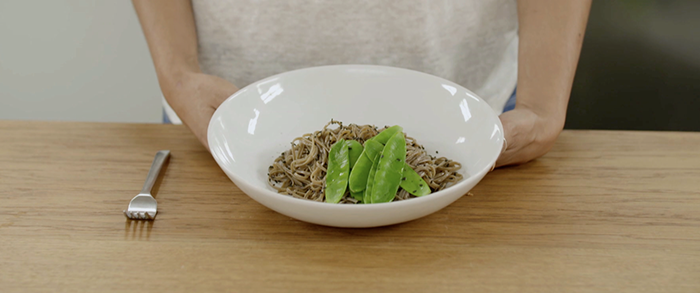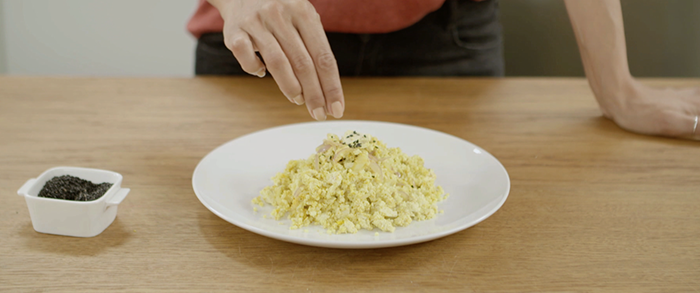
Aprender a conservar los alimentos adecuadamente permite que estos conserven todos sus nutrientes esenciales y que duren más tiempo en nuestras despensas y neveras. Por ello, y no sólo durante el verano, es importante conocer pequeños trucos que nos ayudarán a mantener en el mejor estado posible nuestros víveres. Para ello debemos contar con recipientes y botes herméticos, así como bolsas de plástico o papel especial de cocina, serán nuestros grandes aliados para lograr este fin. Otra de las máximas en este sentido, antes de comenzar a indagar en pequeños consejos más caseros, es evitar que los alimentos crudos y cocinados estén en contacto, ya sea en el interior de la nevera como fuera de ella; por ello se aconseja colocar los platos ya elaborados en la parte superior del frigorífico y aquellos que están sin preparar, en la inferior. Otra de las normas no escritas que todos deberíamos tener en cuenta es evitar guardar en el mismo sitio fruta y verdura, puesto que –debido a que muchos de estos alimentos desprenden gas etileno- si los ponemos juntos se estropearán antes y perderán algunas de sus propiedades y vitaminas.
Trucos para que los alimentos conserve sus propiedades más tiempo
Una de las formas más extendidas a la hora de conservar por más tiempo la comida es congelarla, una proceso que además de eliminar parásitos presentes en el pescado, como el anisakis, permite que el consumo de esos productos se dilate en el tiempo, sin que ello suponga una pérdida de su sabor y nutrientes, siempre que se realice adecuadamente, empleando bolsas y recipientes especiales. Deberás tener en cuenta que no todos los alimentos o platos deben congelarse, es el caso de los huevos duros, las patatas cocidas o los tomates crudos, por ejemplo, ya que no pierden calidad. No olvides que no has de volver a congelar la comida que ya se ha descongelado.
Otras técnicas naturales de conservación populares son el envasado al vacío, de manera que se evita que el aire oxide los alimentos y aparezcan bacterias; la fermentación, método perfecto en el caso del vino o la cerveza; la deshidratación, consistente en retirar el agua de los productos dejándolos secar; el uso de vinagre como conservador óptimo para determinadas verduras; o la salazón, empleada en carnes y pescados. Por otro lado, hay quien prefiere inclinarse por el baño maría, colocando los alimentos en envases de cristal llenos de agua que luego se hervirán en una olla también con agua durante aproximadamente cincuenta minutos. Más rudimentario, pero igualmente eficaz, es el proceso de conservación con arena y sal, empleado para mantener patatas o cebollas, debe tratarse de un lugar seco y alejado de la luz solar.
A continuación pasamos a conocer pequeños trucos para alimentos concretos que os resultarán muy útiles. Comenzamos con la fruta, para lograr una mejor conservación se aconseja guardarla en el cajón inferior de la nevera, salvo que se trate de plátanos que se ennegrecerían. Otra observación ha tener presente es que las manzanas maduran las frutas que se colocan a su alrededor, por lo que es mejor guardarlas a parte. Las verduras deben introducirse en el frigorífico si queremos que estén frescas, si bien, para evitar que se humedezcan y estropeen antes, tendremos que introducir en el cajón inferior de la nevera una esponja seca y limpia junto a ellas para que absorba el exceso de humedad.
En el caso de la carne, la protegeremos con un envoltorio especial de la propia carnicería o en un plástico de cocina, favoreciendo que mantenga su color original y se conserve mejor; si quieres evitar olores en la nevera, unta la carne en aceite. El pescado también deberá colocarse en la parte más fría de la nevera e introducirse en un recipiente hermético para que no impregne de su olor los otros alimentos.
Un truco muy útil para preservar mejor las cebollas es envolverlas individualmente en papel de aluminio, si lo que quieres es conservar la mitad de una úntala en mantequilla y ten en cuenta que, una vez que la hayas empezado, no es aconsejable guardarla más de un día puesto que genera toxinas. Los huevos se mantendrán frescos por más tiempo si los sumerges en aceite de oliva durante unos segundos y los colocas en la nevera con la punta hacia abajo.
Esperamos que os resulten prácticos estos sencillos consejos caseros con los que además de alargar la vida de nuestros enseres, estaremos manteniendo mejor sus propiedades.


